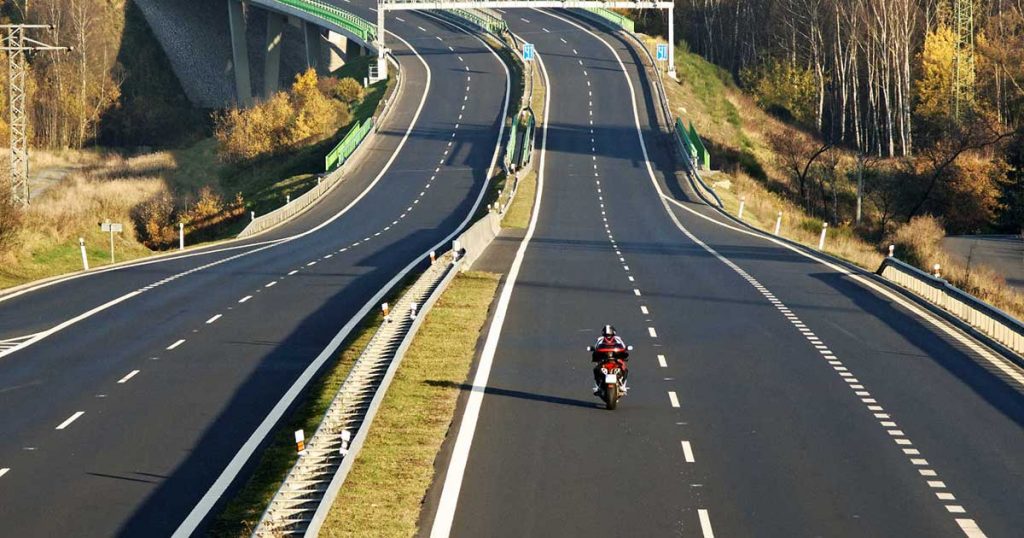Posted By
Clint Lawrence, founder of Motorcycle Shippers. Helping give riders more freedom to enjoy the bikes they love. clint@motorcycleshippers.com
Tis the Season to be Riding:
Spring has sprung! Your bike has been parked for months and now it’s time to fire it up and ride. Whoa! Slow down friend. Is your bike up to it? How about your gear? “Time” can have detrimental effects and we want you to enjoy your first ride to the fullest so we suggest you take a little “time” to give your baby the once over.
Fluids
A good place to start is the fluids. Check all your fluid levels. If you properly winterized your motorcycle then you should have a full tank of gasoline to prevent rust and corrosion and used a fuel stabilizer. If you missed that last step you will need to drain the old fuel and put in some fresh gasoline. While the tank is empty you should inspect it to make sure that there is no corrosion or rust as this will cause your motorcycle to run poorly or not at all. If you detect any corrosion you should have your fuel tank flushed. If you didn’t run your carburetors dry before storing your bike then you definitely want to pull your float bowls off and make sure things don’t look gummed up. If they do, then your jets are likely also plugged up. If your motorcycle has a fuel filter, this is a great time to replace it. Next you want to check your anti-freeze levels on liquid cooled motorcycles. If your coolant has dropped below the full line, check for any
Drive Chain/Belt
Check the tension of the drive chain by pulling it away from the rear sprocket at the three o’clock position. (Nine o’clock if you’re left handed) you should not be able to pull it farther than about half way off the sprocket tooth. Adjust the tension per your owner’s manual specs. The inner area of the chain that contacts the sprocket should be clean, smooth and shiny. Inspect the chain inch by inch for any unusual wear as well as the sprockets for wear or broken teeth. If your bike is belt driven follow the directions above by giving it an inch by inch inspection keeping an eye open for cracks or unusual wear.
Battery
Hopefully you’ve had your battery on a battery tender during its down time. If your bike is being stored
Tires
Check your tire pressure. It’s always a good idea to do this periodically during the storage period to ensure they don’t go flat over the winter. In fact the best way to store your motorcycle is on a stand so the weight of the motorcycle is not resting on the tires. Bring the tires to the proper inflation if needed. Check the tires for any unusual wear or cracks. If you see any signs of tire damage replace the tires immediately. Tire inspection and maintenance should be a regular part of your riding routine.
Brakes
Give your brake pads a visual inspection. Refer to your owner’s manual to assure you have plenty of wear left. If they look worn, the beginning of the season is the best time to change them. While sitting on the bike, take it out of gear and roll it forward. Gently apply the front brakes. The brake lever should operate
Lights
Check your bikes electrical. Test the head light and high beam. Check your break lights and turn signals. Test the horn. Make sure all of the gauges are illuminated and functioning properly.
Hardware
Break out your tool kit and give your bike a thorough going over. Check all the handlebar controls and make sure they are tight and properly positioned. Check all nuts, bolts and screws that you can and make sure everything is snug and use where necessary. Pull off your air filter and make sure it is clean and
Personal Gear
Back In the Saddle
O.K. Your bike is in tip top shape. Your gear is looking good and fitting great and your helmet is damage free. So you’re all ready to ride right? Well, maybe. Have you checked yourself out? Remember, you’ve also been parked for 8 or 9 months along with your bike. Take a few minutes and remind yourself how to ride before you hit the open road. Take your bike around the neighborhood and get the feel of it again. Brush up on your emergency skills. Emergency stopping, obstacle avoidance, quick turns and even going slow without wobble. You’ve not done this all winter and taking just a few minutes to re-acquaint yourself with your bike could save you from costly repair or injury.
Now, your bike, your gear and your skills are in peak condition. Go enjoy the great spring weather, have a rockin’ and ridin’ summer, and as always “RIDE SAFE”.

